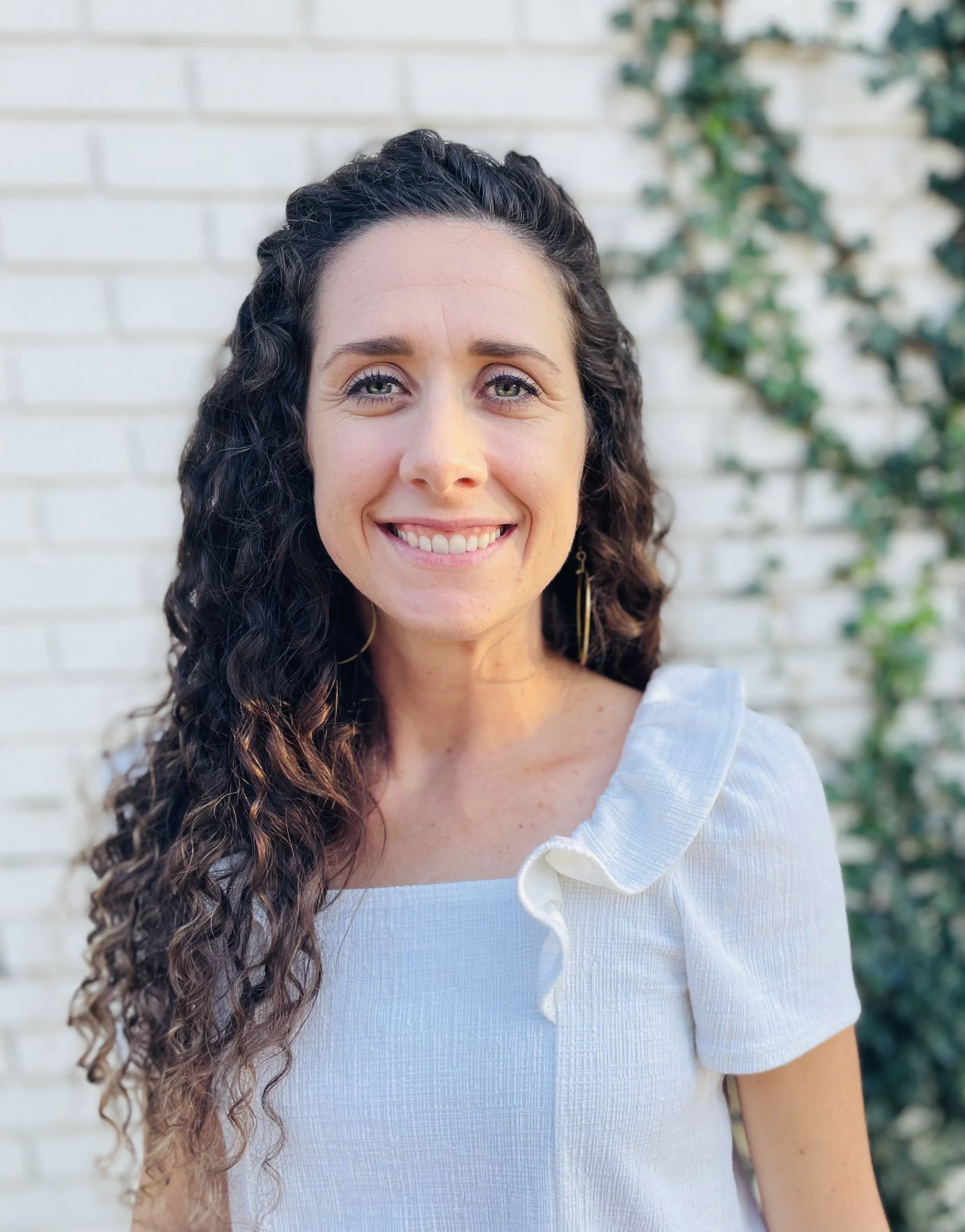A Peek Behind the EMDR Curtain
EMDR Phases
EMDR is an 8-phase protocol. Here is what it looks like:
Phase 1: History Taking
Phase 2: Preparation
Phase 3: Assessment
Phase 4: Desensitization
Phase 5: Installation
Phase 6: Body Scan
Phase 7: Closure
Phase 8: Reevaluation
Phase 1: History Taking
In this phase, the counselor is gathering background information. Usually you will complete an intake form before starting counseling and then go over this in the first session. History taking can take 1 or more sessions to complete. However, counselors are always gathering information about you until counseling ends. Information that is gathered could include, but is not limited to these topics: childhood/family, medical, mental/emotional health, spirituality/religion, attachment style, past/present relationships, reasons for seeking out counseling, coping skills, triggers, past/present trauma, other bothersome issues and so on. Not only is this phase about gathering information, but it is also where we start to formulate goals for counseling and create a treatment plan. Another main component of EMDR is creating your trauma timeline in order to figure out what needs to be reprocessed (again the “R” in EMDR).
Phase 2: Preparation
This next phase is where we create a firm foundation to build from. It is preparing the way for reprocessing. This could look like learning new coping skills, reinforcing grounding techniques and visualizations. It also includes education on EMDR, dissociation, trauma and other related topics as well as figuring out if EMDR is a good fit. In this phase, the bilateral stimulation (BLS) starts. The “good” stuff that people expect when starting EMDR, but not quite the reprocessing. BLS could be accomplished via eye movements (the “EM” in EMDR), pulsators, headphones or more. It is also in this stage that one gets used to the BLS and EMDR process. This typically is a more positive focused phase and can be revisited throughout the course of counseling. Some might spend 1-2 sessions here or many more depending on how much resourcing is needed. But again, this phase is not just a box to be checked, but a place to come back to as needed.
Phase 3: Assessment
At this point we have identified a memory or “target” we want to assess in order to do reprocessing. The counselor will ask you a series of questions that include the components of how memories are laid down in our mind/body (ie., image, thought, feeling, body sensations, negative belief, etc).
Phase 4: Desensitization
Once the target memory is assessed reprocessing with BLS will start. “Finally!” you might be thinking. The goal is to bring the distress level down ideally to a “0” on a scale of 0-10 where 0=no distress and 10=the most distress. This is the discharging or desensitization (“D” in EMDR) of the distress, but it doesn’t end there….
Phase 5: Installation
We go on to the installation piece once the distress level is at a 0 or as low as is appropriate depending on the event/memory. Here we “install” a positive belief associated with this memory. This isn’t a rose-colored glasses sort of outlook, it is a realistic and affirming take away of sorts. It might look like “I am capable” or “I am safe now” or “I am worthy” as opposed to the original negative belief of “I am incapable” or “I am in danger” or “I am unworthy.”
Phase 6: Body Scan
Here will do a scan of the body from the top of the head down to the toes seeing if there is any residual tension, tightness or discomfort. If the memory has been fully reprocessed it would be “clear” and might be felt as positive or neutral. However, if there is anything remaining more reprocessing will be done via BLS until it is clear. This helps to ensure we have fully reprocessed the identified memory.
Phase 3-6 can be completed in as little as 1 session, but more times than not it will take longer. Sometimes even multiple sessions depending on the severity and how it has been “laid down” in the mind/body.
Phase 7: Closure
Counselors will end a session by reminding you of what to expect after an EMDR session. This could include, but is not limited to intense dreams, possible triggers or new insight, as well as a reminder to use your coping skills or other resources learned during the preparation phase.
What happens if we don’t fully reprocess a memory target in 1 session and the distress level is still high? Don’t worry, we won’t let you leave feeling highly distressed. At this point we will go back to the resources learned in the preparation phase and close with that. This could look like going to your “Safe/Calm Place”, containing the distress with the Container exercise, some deep breathing, grounding exercises or something else you and your counselor have worked on previously. This is one of the main reasons the preparation phase is so important!
Phase 8: Reevaluation
At a follow up session you will usually reevaluate the last target memory you were working on to assess if more reprocessing is necessary. If it is, you will continue with Phase 4-7 until it is completely reprocessed. Reevaluation can also look like reviewing progress on goals, assessing new or current issues and identifying other memories that might need reprocessing.
EMDR is known to be a “quicker” and more efficient therapy compared to most talk therapies, but it doesn’t mean that it will always be quick. For some it can be as little as a few sessions and for others it may be many. It depends on a lot of factors - trauma in childhood vs adulthood, little t vs big T traumas, was there adequate support and/or resources at the time, and generational trauma - to name just a few.
Wait! That’s Not It…
EMDR is based on a 3-pronged approach of focusing on the: past, present and future. The above is what we call “the standard protocol” where we resolve past traumatic/distressing experiences and then move into reprocessing current triggers and symptoms that might arise. Lastly, we will focus on the future desired outcomes via visualization coupled with BLS. This is usually pertaining to goals already set and/or the trauma that was reprocessed. This is generally how EMDR will be laid out, however, moving through it chronologically might not be the best fit and so it might be a focus on the here and now or on the future before going back to older experiences/memories. All that to say, there is a lot of creativity that can be had in this process and no EMDR therapist is the same as another. The beauty of it is that there is a framework and a structure, but there is also so much freedom and creativity in order to make this a robust and helpful process to each unique individual.



